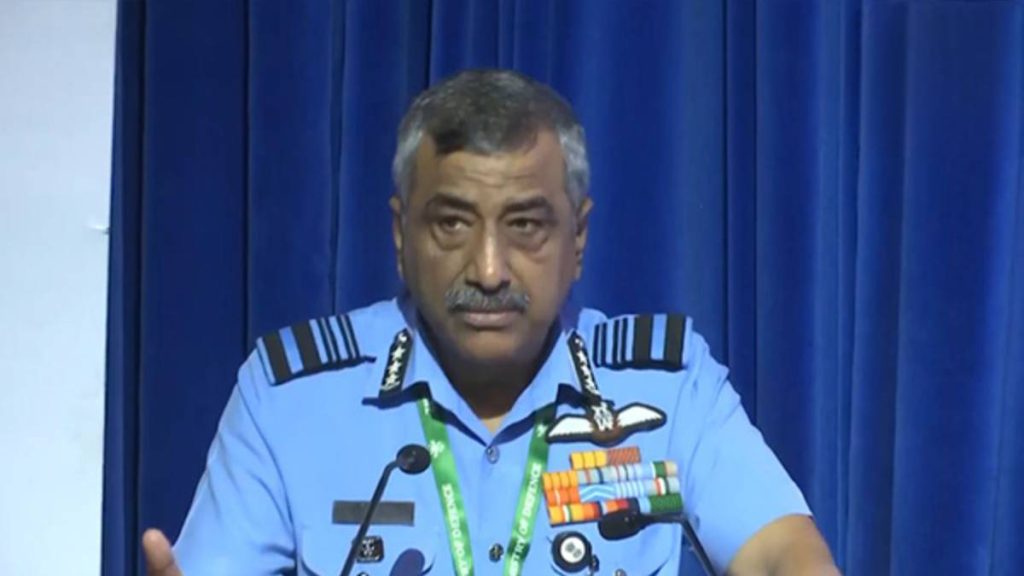Air Marshal Ashutosh Dixit, Deputy Chief of Air Staff, on Wednesday underscored the pivotal role of advanced surveillance and electro-optic systems in shaping modern military strategy, declaring that the decisive edge in warfare now lies in the ability “to see first, see farthest, and see most accurately.”
Addressing the Surveillance and Electro Optics India seminar, Air Marshal Dixit drew key lessons from global conflicts — including the Armenia-Azerbaijan war, the Russia-Ukraine conflict, and the Israel-Hamas hostilities — noting that superior situational awareness consistently determines victory on the battlefield.
“When we examine these conflicts, and even our own Operation Sindoor, one truth is clear: precision and timely intelligence now outweigh brute force,” he said. “Modern warfare has radically altered our understanding of distance, threat, and response time. Today, geography offers little protection against hypersonic missiles or drone swarms.”
He emphasized that surveillance technologies have transitioned from being support systems to becoming the core of combat readiness and strategic dominance. “This is not a peripheral asset anymore — surveillance is the foundation upon which military advantage is built,” he added.
Highlighting how the rapid evolution of long-range precision weapons and unmanned systems has compressed decision-making cycles, Dixit said, “Where the OODA loop (Observe–Orient–Decide–Act) once spanned hours, it now spans mere seconds. Real-time or near-real-time awareness is not just a tactical advantage — it’s a survival imperative.”
He pointed to India’s own Operation Sindoor as proof of the country’s growing readiness to operate in this high-speed, high-precision domain, stating that “deep surveillance is no longer theoretical — we now have the means to make it operational reality.”
“Electro-optical, SAR (Synthetic Aperture Radar), and SIGINT (Signals Intelligence) fusion is enabling 24×7 persistent monitoring. We’re no longer just observing; we’re anticipating and pre-empting threats,” he said, calling it a paradigm shift from reactive defence to proactive deterrence.
He stressed the need for India’s private sector to partner in this transformation: “The agility and innovation of our tech companies will be crucial. AI-powered imaging seekers, automated threat detection, and predictive analytics must now become part of our military DNA.”
Dixit also highlighted the need for scalable, all-weather surveillance systems capable of functioning from “Siachen to the Indian Ocean.” He argued for interoperable, networked systems over outdated standalone models: “The days of siloed platforms are gone. The future is collaborative and interconnected.”
Supporting Dixit’s vision, Lieutenant General Vineet Gaur, DG Capability Development, noted that India’s strategic landscape demands rapid ISR (Intelligence, Surveillance, Reconnaissance) modernization. “We are launching 52 satellites next year, 31 from the private sector. These will carry advanced optics and sensors to boost national security.”
Air Vice Marshal Tejpal Singh also reinforced the growing role of ISR, saying, “It is no longer a supporting element — it’s central to modern warfare. We’ve seen this in Ukraine, Yemen, and West Asia. Unmanned systems and advanced imagery are becoming decisive factors.”
As India adapts to the demands of high-tech, multi-domain warfare, the message from the top echelons of the armed forces is clear: surveillance is not just a tool — it’s the battleground.
